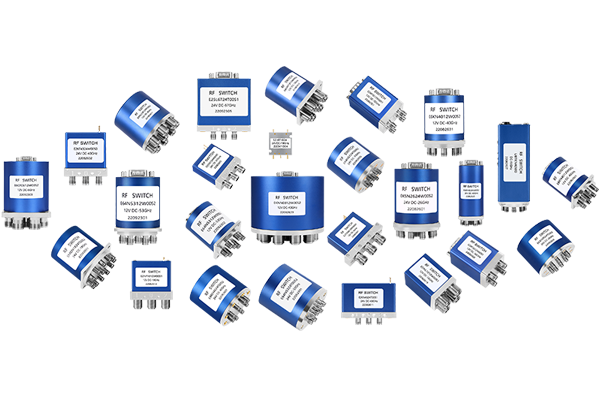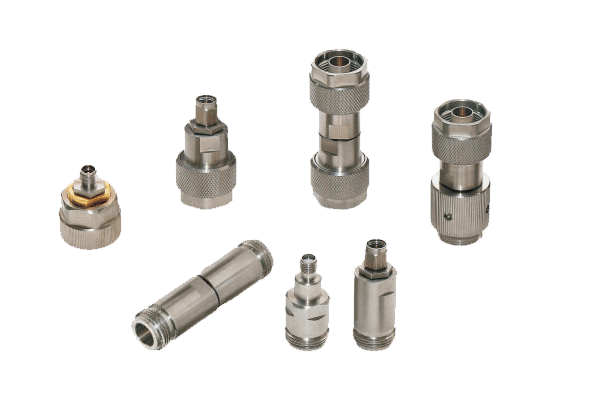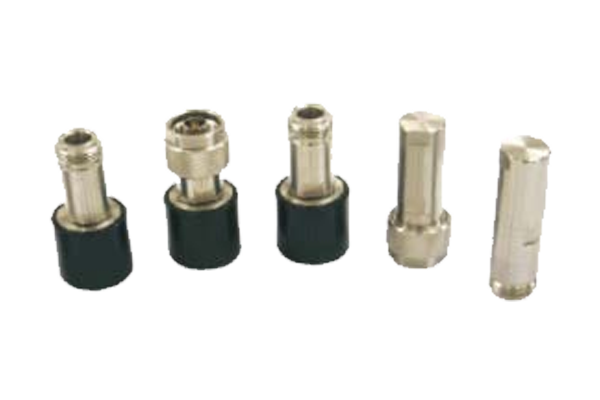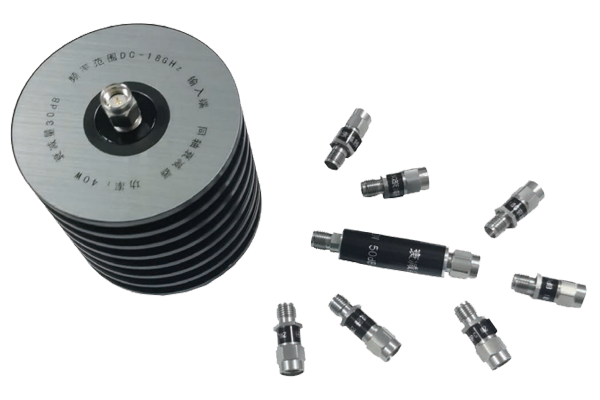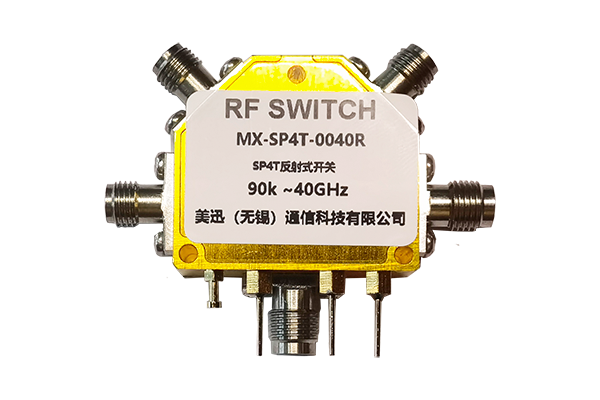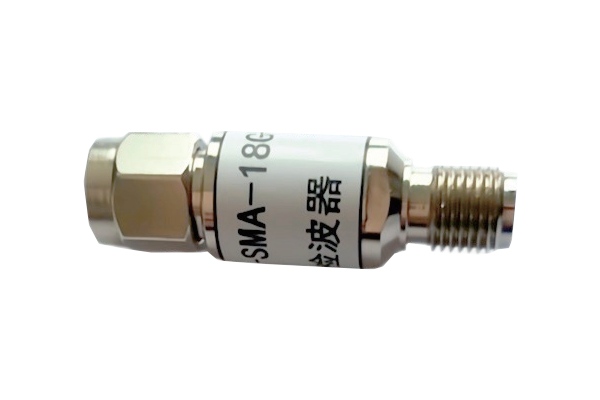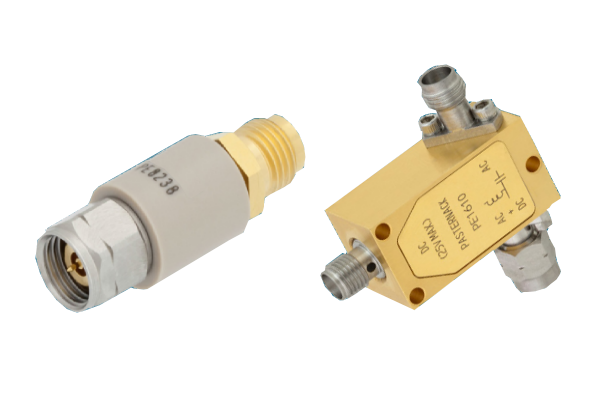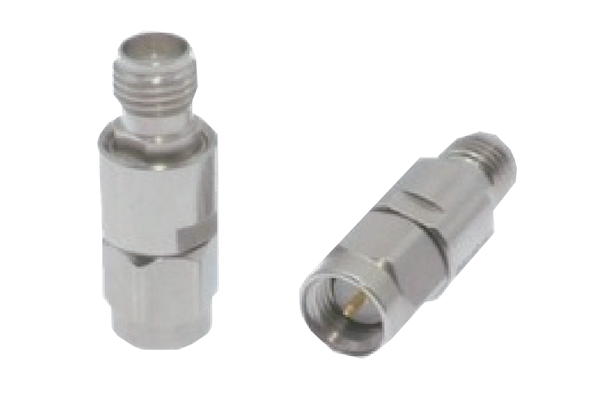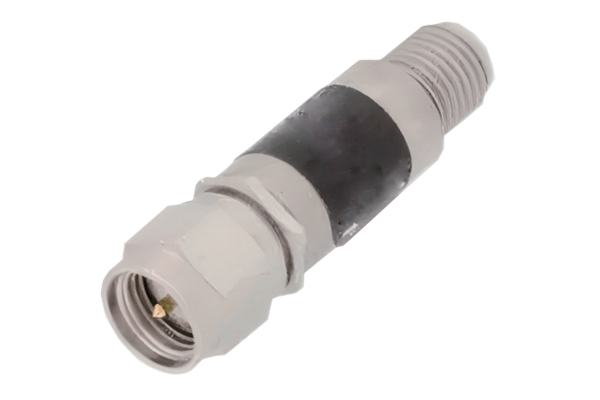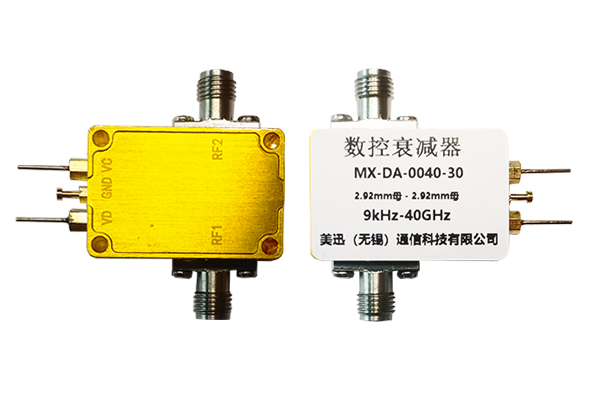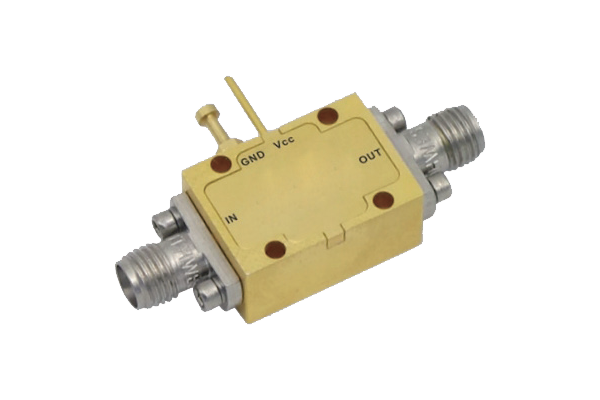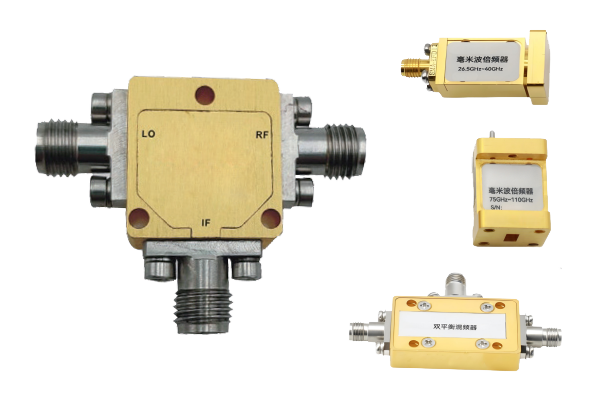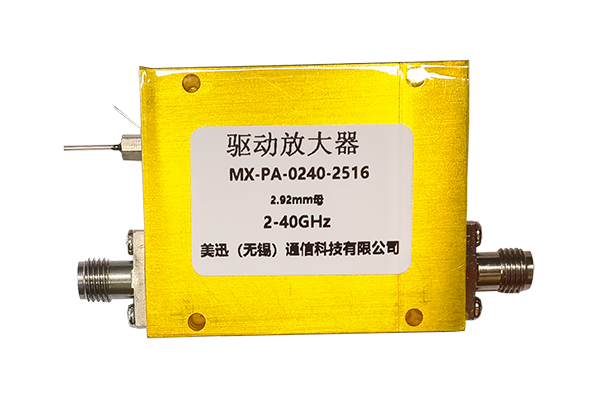How to Determine if an LNA Amplifier is Damaged
LNA Amplifier Fault Diagnosis
A comprehensive guide to identifying and troubleshooting issues with your LNA amplifier
Visual Inspection & Physical Condition
- Inspect the LNA amplifier for obvious visual abnormalities
- Check the outer casing for cracks, deformation, or burn marks
- Look for discoloration due to high temperature burns - may indicate internal component damage from overheating
- Inspect connectors for looseness, oxidation, or bent/broken pins
- Examine the circuit board for loose component pins, bulging capacitors, or discolored resistors
Basic Signal Amplification Test
- Connect the LNA amplifier to a functioning signal link
- Input a standard signal using a signal generator
- Monitor output signal with a power meter or oscilloscope
- No output signal may indicate internal circuit break or core component failure
- Output signal far below normal range suggests impaired amplification function
- Severe distortion and increased noise in output waveform indicates internal component damage
Key Electrical Parameters Measurement
- Use multimeter or spectrum analyzer to measure LNA amplifier parameters
- Check voltage and current at power pins
- Zero current or values far outside rated range may indicate short circuit or component breakdown
- Abnormally low voltage suggests power supply circuit fault
- Measure input and output impedance - significant deviation causes signal reflections
- Check noise figure - sudden increase indicates failure in core components like low-noise transistors
Operational Abnormalities Observation
- Observe the LNA amplifier during operation
- Rapid heating beyond normal range indicates internal short circuit or cooling system failure
- Unusual noises (hissing, popping) suggest immediate component breakdown or burnout
- Monitor overall system performance after connecting the amplifier
- Significant decrease in receiver sensitivity and signal stability may indicate LNA amplifier damage
Visual Clues
Look for physical damage, discoloration, and connector issues
Signal Testing
Verify amplification function and signal quality
Electrical Parameters
Measure power, impedance, and noise figure
Operational Signs
Monitor temperature, noise, and system performance



